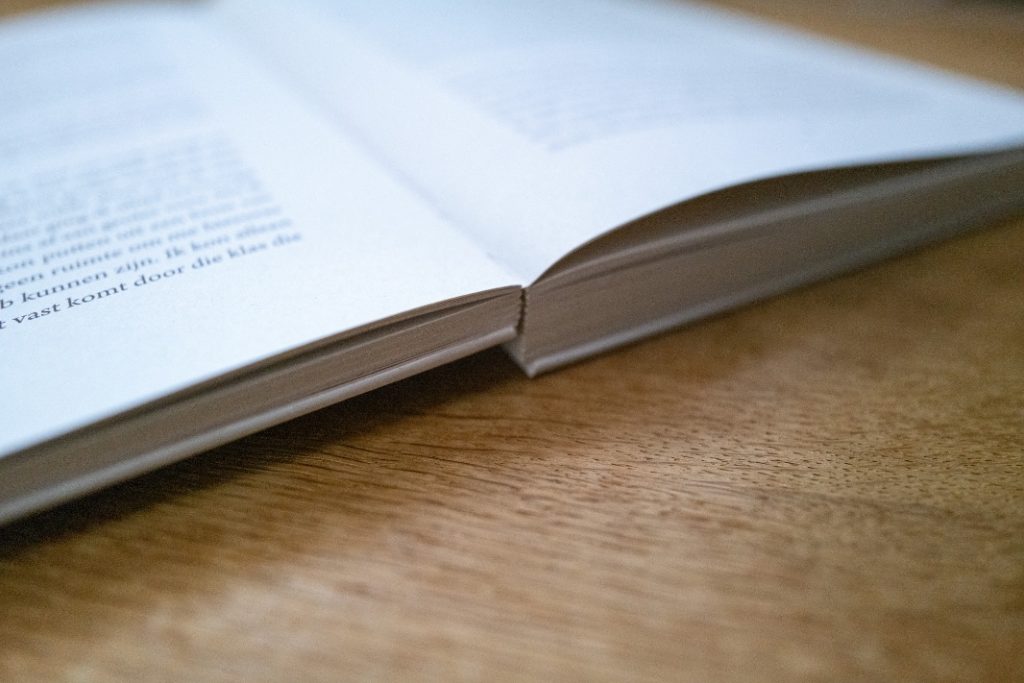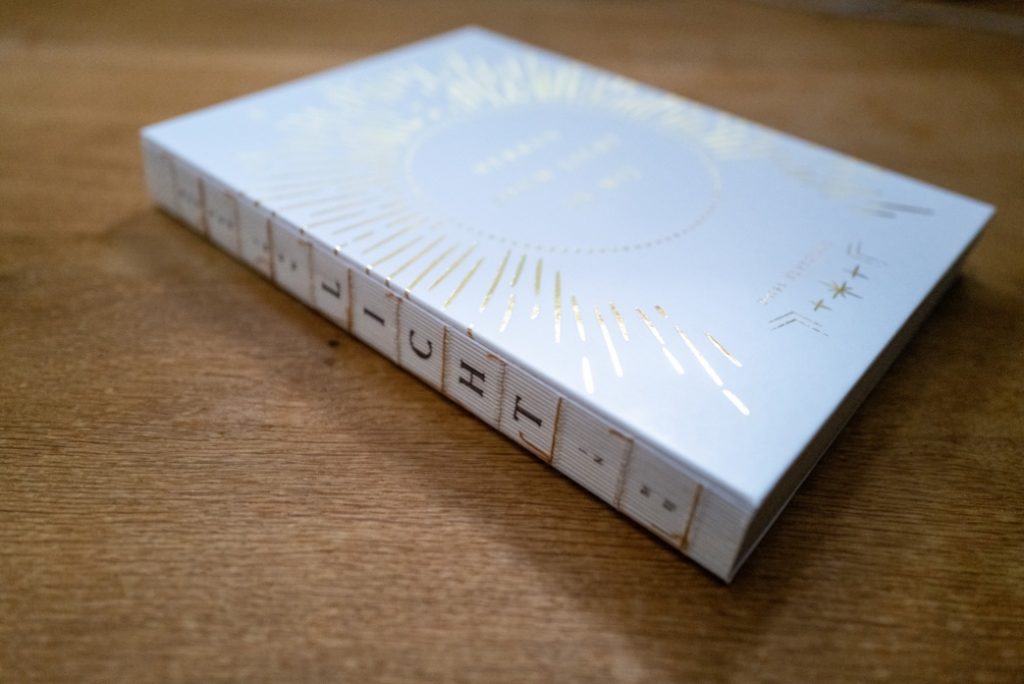Book printing is our passion. But there is more to it than just a beautiful design. An important part that deserves - at least - as much attention is the function of a book. The finishing can detract from the design or, on the contrary, support it enormously. The possibilities for different kinds of finishes are endless. And by choosing the right finishing method, very surprising results are achieved. Curious about the possibilities?
The important thing is: be well informed! There are so many more possibilities than you might think. The binding or finishing of a book gives your production just that little bit extra, so that it is not only the content that is worthwhile, but the exterior also invites and arouses interest.
The choice of the right binding depends on the type of paper, the printing, the (expected) use and the purpose of the book. In short: form, choice and function of the book determine the binding method.

Book binding: various binding methods
There are numerous binding options such as: Otabind®, Otastar®, Schweizer (possibly with linen) and the version with sewn and glued spine, sewn-glued and non-woven. Possibly combined with cardboard boards for extra sturdiness. And let's not forget the bound versions.
Techniques such as Otabind®, Otastar®, Schweizer and the version with sewn and glued spine are carried out with cold glue as standard. For the other techniques, you will have to indicate this (more expensive) requirement. In consultation with the binder, we will always advise you when cold glue is possible.
Glue types: Cold glue versus hot melt
Cold glue is an almost water-thin glue, which is very flexible once dry. You can recognise this type of glue by the fact that you can hardly see the glue layer. Hotmelt, on the other hand, is a viscous adhesive that is applied with heat, which creates an adhesive layer that is more than half a millimetre thick. This makes this adhesive stiffer than cold glue.
When making a good flat book, you would expect that cold glue would be chosen as standard. But nothing could be further from the truth!
The reasons for not doing it:
- Cold glue is more complex to apply than hot melt. Besides the extra knowledge and skills required, it also requires extra handling. Read: more expensive.
- Not all types of paper are suitable for cold glue.
- A thin glue such as cold glue can run in too much between quires and even through the sewing holes. Especially with very smooth, dense types of paper. Sometimes it is necessary to switch to hotmelt.

Book with glued spine
Nowadays we receive many requests for books/magazines with a glued spine. These versions have no cover and are therefore generally less strong, but certainly worthwhile. For example, make text visible on the spine of the book block. By means of the correct calculation, words are printed on the individual quires. A precision job, but with a beautiful result as in the AkzoNobel jubilee magazine.
Please note that any back texts that are conceived during the layout on the back can always fluctuate slightly due to minimal cutting and folding differences.
The challenges of a sewn or glued back
At NPN Drukkers we give advice on what suits a design best and what is and is not possible. We know exactly what the do's and dont's are.
In all cases, with the right advice and by discussing the wishes with each other, we can transform these challenges into a beautiful end result!
Curious about the possibilities? Get in touch!
The advisors at NPN Drukkers will be happy to help you make the right choices. We understand that having a book made is a considerable investment. That is why we want to maximise the chance of a good result.
For questions or an appointment with one of our advisers, please contact us at [email protected] or via the contact form.
